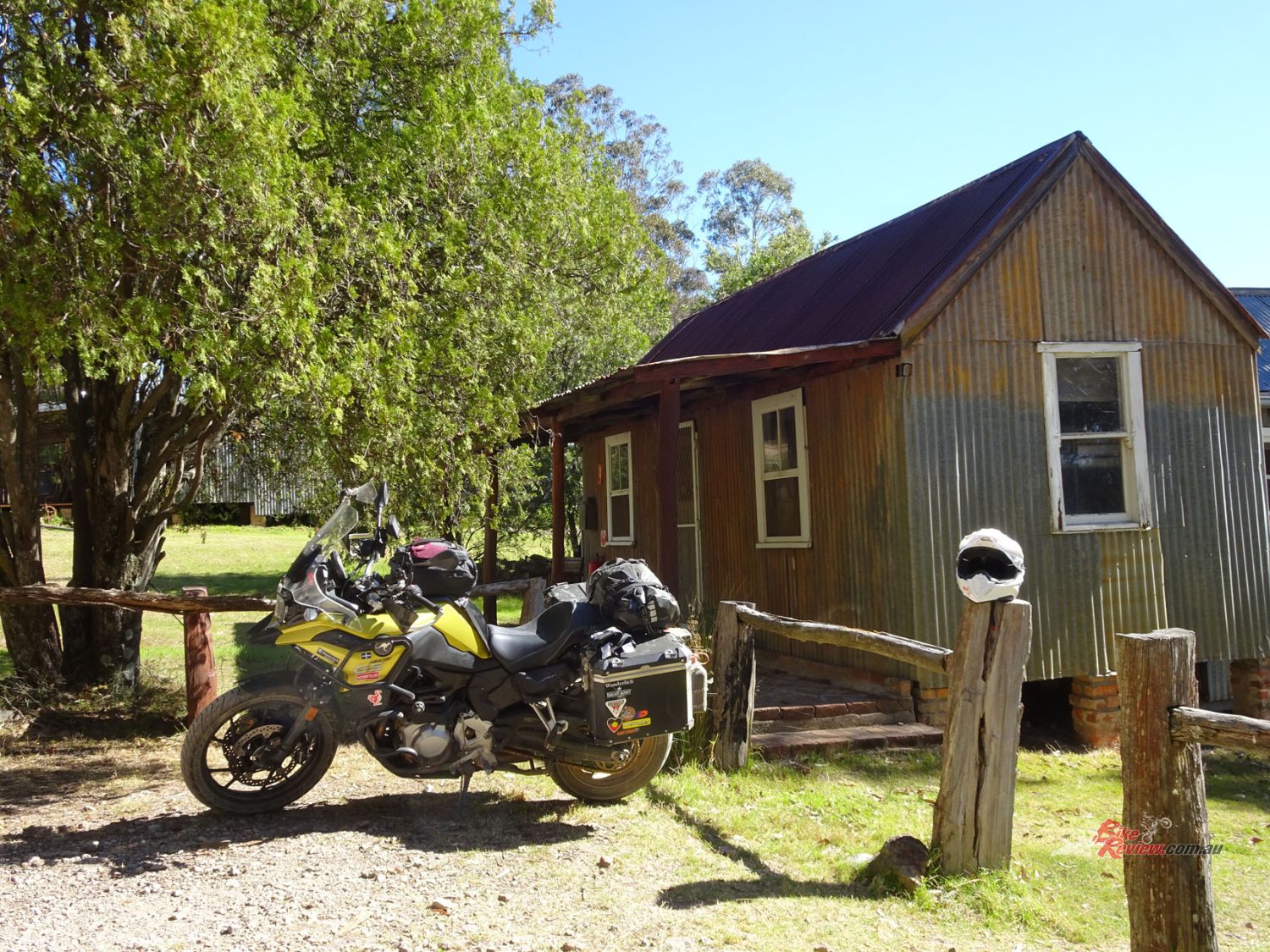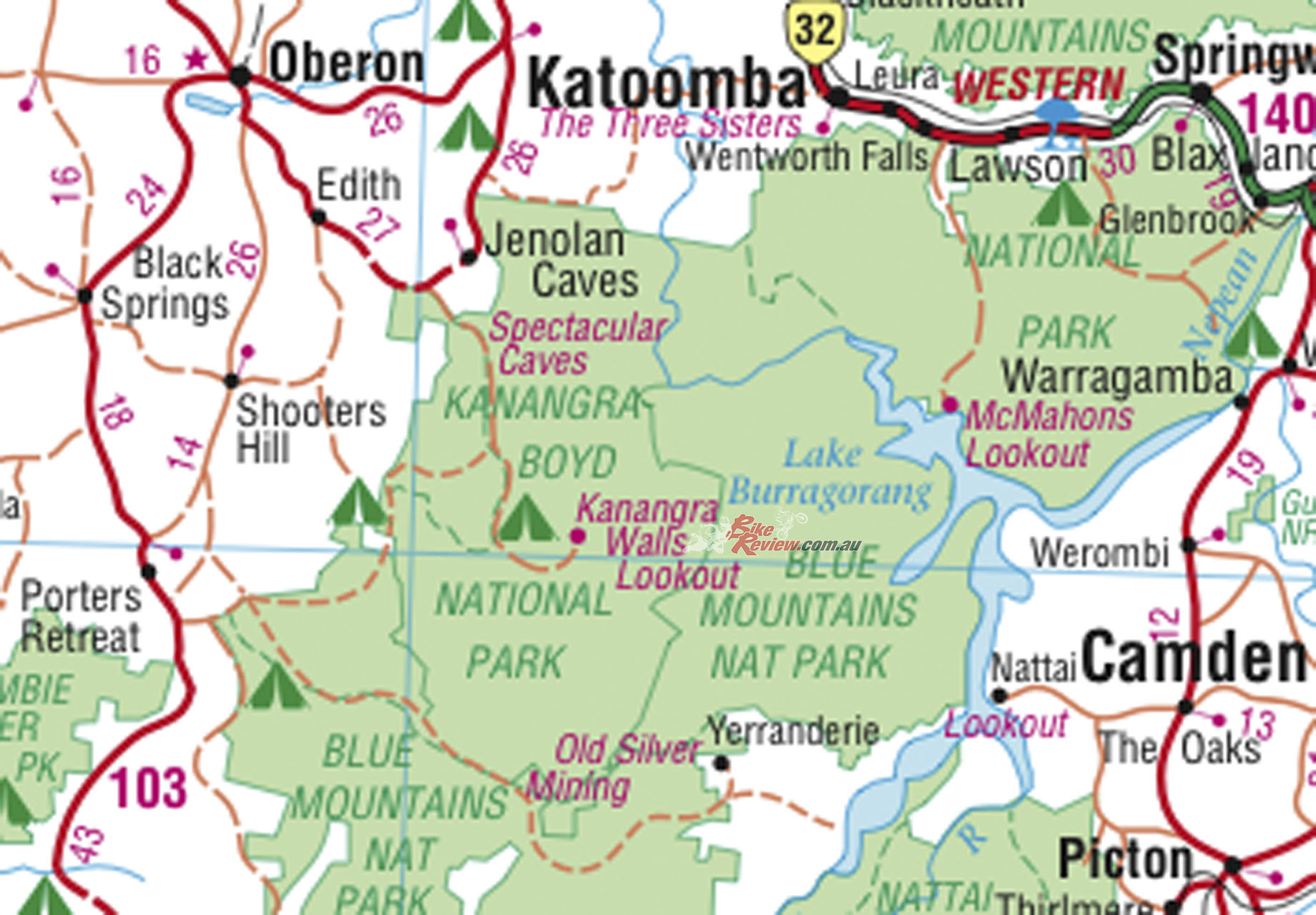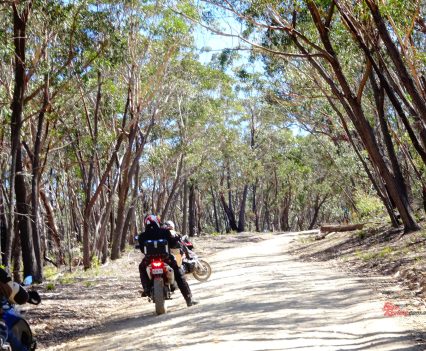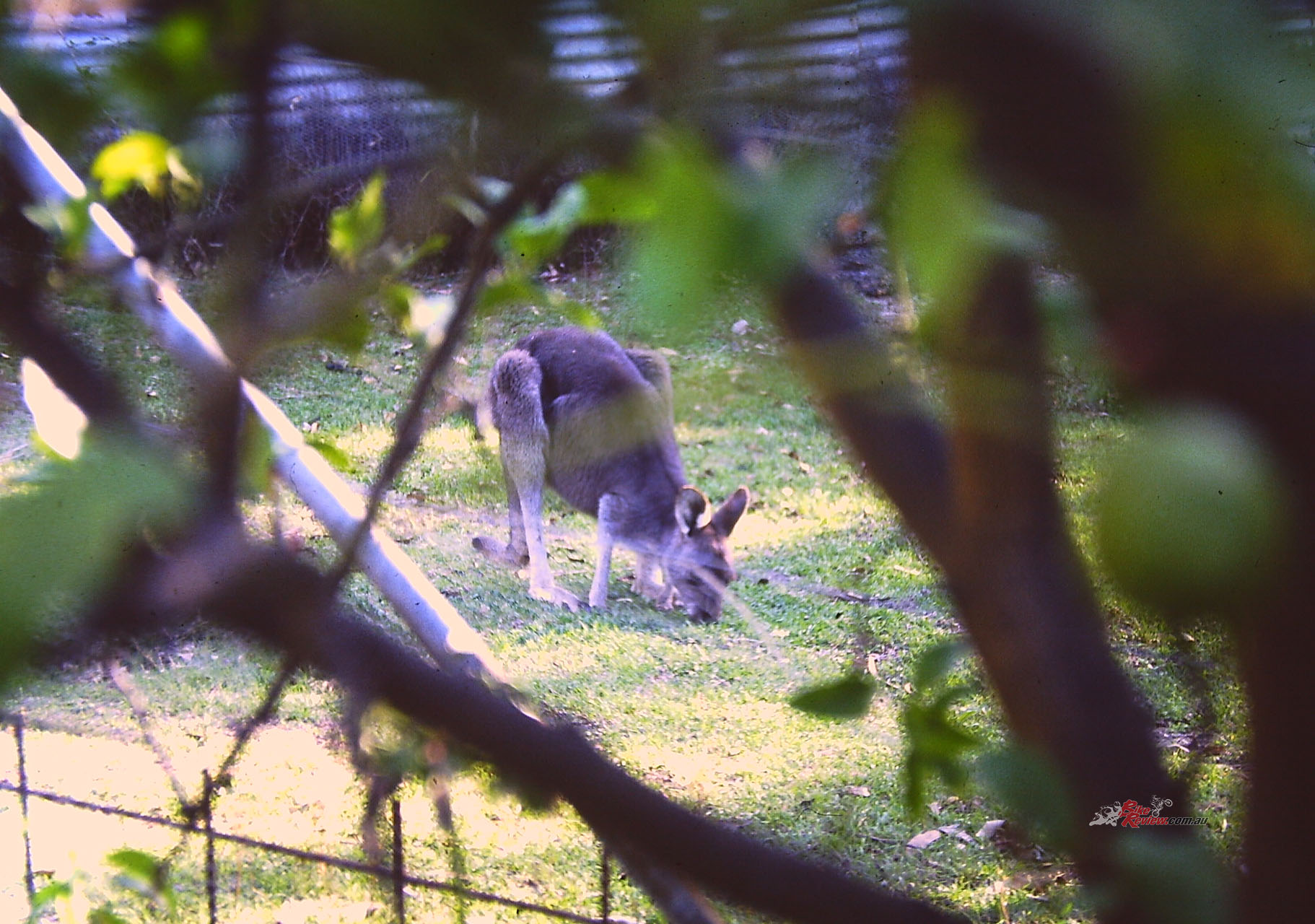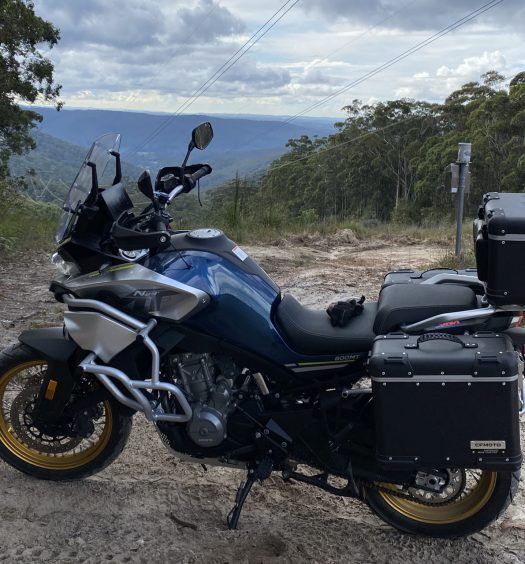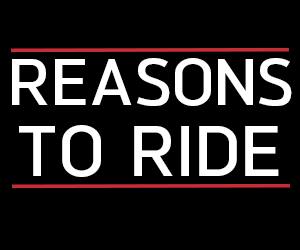This old silver mining town is a great destination for a ride. The Bear heads out on an adventure ride to the ghost town of Yerranderie, check out the ride and all the history!
Just across from Oakdale in the thick bush looking down on Lake Burragorang lies a small piece of history. It’s the ghost town Yerranderie – close but not accessible that way. It might just be the perfect adventure bike ride for those looking to discover some Australian history…
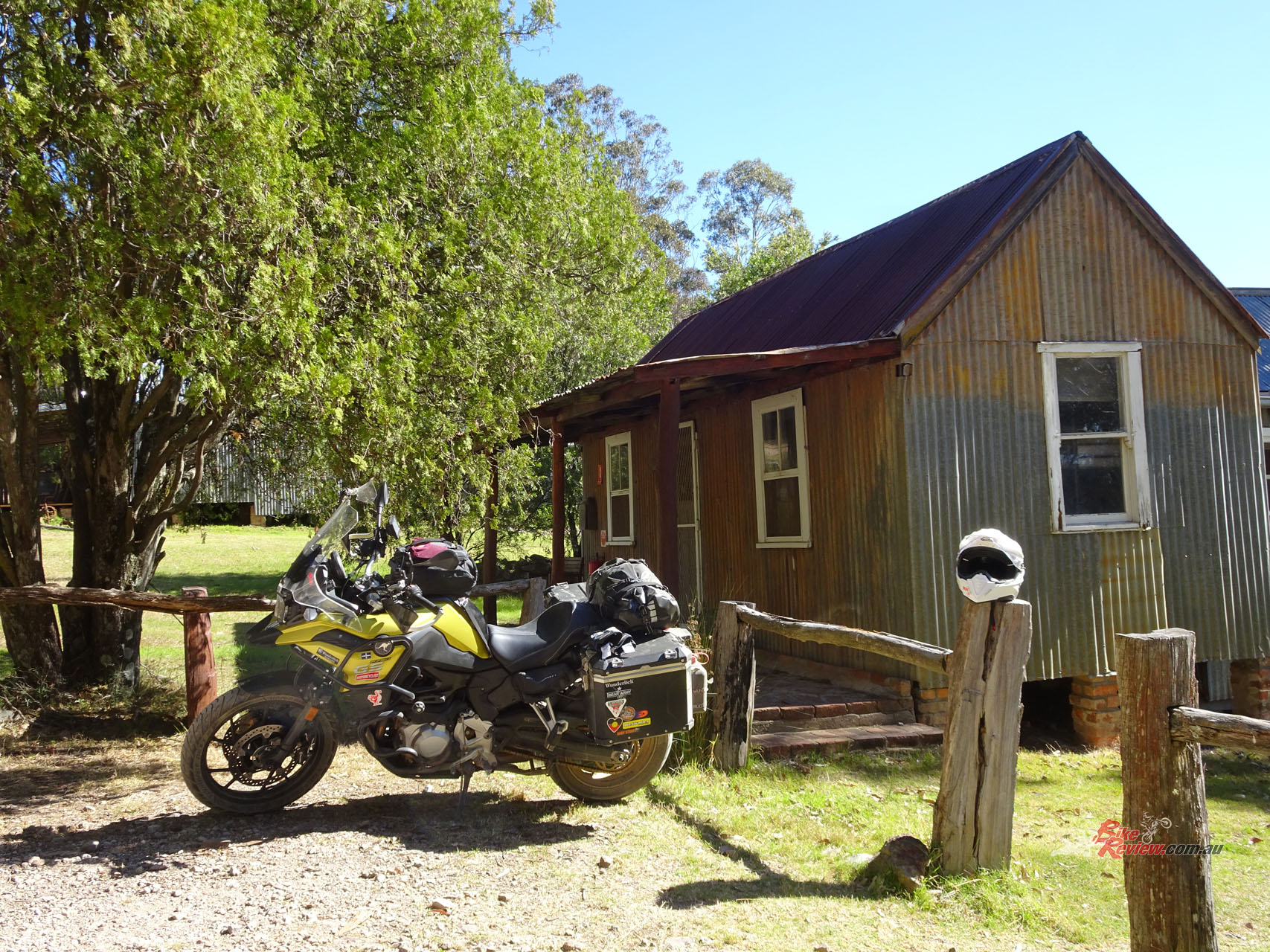
Just across from Oakdale in the thick bush looking down on Lake Burragorang lies a small piece of history. It’s the ghost town Yerranderie – close but not accessible that way. It makes for an epic adventure ride!
To get there you need to cross the Blue Mountains to the north, ride out to Oberon and then turn south and east past Shooters Hill and the Oberon Correctional Centre onto the old Colong Stock Route. The ride from the Great Western Highway to Oberon along a tarred road in good condition is a lot of fun as well. You can also go via Jenolan Caves, but keep in mind that the road is closed periodically. Instead of the few kilometres from Oakdale it’s about 270km from Sydney. Some 70km of that is gravel, good in places and a little more challenging in others.
Follow the Bear tracks here…
The land around Yerranderie was occupied by members of the Dharug, Dharawal and Gundangarra language groups for over 20,000 years, but oddly nobody ever found out what the name means. The whitefella story of Yerranderie begins with silver and ends with a lockout. In the 1870s, silver was found in the area but was not mined until 1898 when rising silver prices justified a small mining operation. A road was built from Camden across the Burragorang Valley. Machinery and equipment were then able to be transported and serious production began in 1899. The ore was transported to the eastern scarp of the plateau by bullock teams, but the slope was steep so two teams had to be harnessed to the wagons at a time.
Yerranderie Map
The mines and the town expanded. According to the Our Yerranderie website, “by 1907 there was a police station, courthouse, post office, a school, three churches, two butchers, a hotel and a movie theatre. At the outbreak of World War 1, Yerranderie’s population peaked at 2200 people. At that time a total of 5,381,000 ounces of silver, 9,951 ounces of gold and 12,000 tons of lead had been mined.”
The industry declined when many of the miners joined the WW1 war effort and left the mines. Many did not return, and then came the Broken Hill miners’ strike from 1919 to 1920. Yerranderie miners were members of the same union so they had to join the strike. The industrial lockout in 1928 was the final straw and the mines closed.
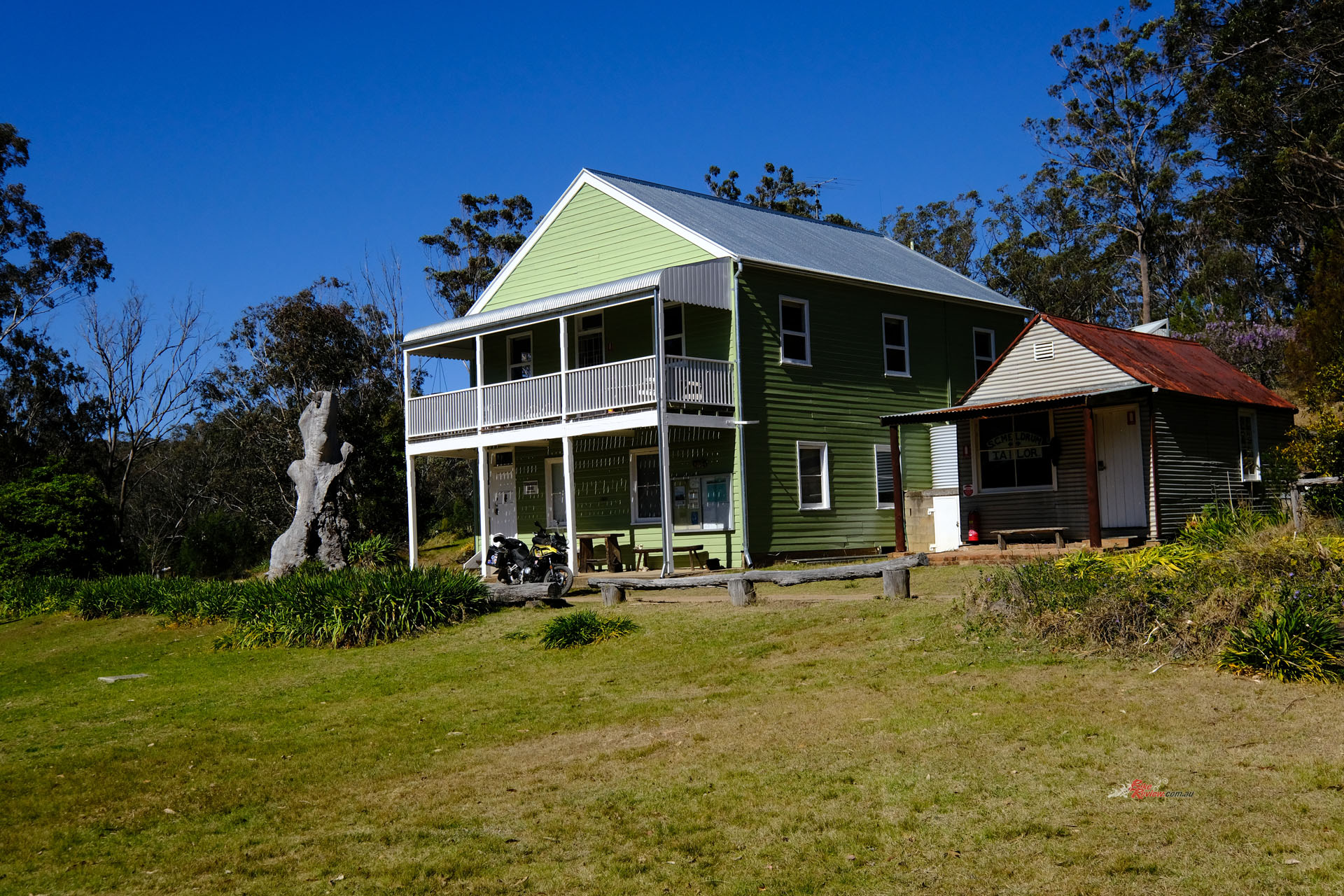
Yerranderie is actually two ghost towns – government town, of which almost nothing remains but which has a few residents in modern houses and a dirt air strip, and a kilometre or so further on the private town.
Aubin Rene Lhuede’s Company Tonalli Mining bought the whole town in 1947, but any plans he might have had to continue mining were scuppered when the Sydney Water Board announced the construction of Warragamba Dam which meant that the waters of Lake Burragorang would drown its valley. In 1956, when he realised that this would cut off the town’s direct access to Sydney, Aubin Lhuede sold the town to his daughter Valerie.
“Yerranderie’s population peaked at 2200 people. At that time a total of 5,381,000 ounces of silver, 9,951 ounces of gold and 12,000 tons of lead had been mined.”
Valerie Lhuede was one of those people who restore your faith in humanity after the battering it so often takes. Valerie spent her time and a not inconsiderable amount of money restoring the private ghost town for more than three decades, welcoming visitors all the while. When she turned 87, she donated the 467-hectare property to the NSW National Parks and Wildlife Service. I spoke to her fewer than half a dozen times, and met her only once, but I remember each occasion. She was a wonderful person and did a terrific job.
And Yerranderie is a special place. It might only be about 45km west of Camden as the raven flies across the fenced-off Lake Burragorang catchment, but because visitors need to go the long way its remoteness keeps Yerranderie a bit quiet and makes it a great place to catch up on the bush. Depending on the weather you might want to think twice about taking a big road bike over the stock route. It’s not impossible, but if it’s been wet you will need some experience to make the five creek crossings an enjoyable, err, experience.
Yerranderie is actually two ghost towns – government town, of which almost nothing remains but which has a few residents in modern houses and a dirt air strip, and a kilometre or so further on the private town. The buildings, including the post office, tailor shop, general store, bank and residential cottages, were restored by Valerie and her helpers to their original condition as accurately as possible, and the displays are all of genuine relics collected over the decades.
“Yerranderie is an important part of Sydney’s cultural heritage,” says Leonie Gale, from the Foundation for National Parks & Wildlife. “A visit to the place immerses you in the area’s rich silver mining history, and its intriguing European and indigenous stories. Val lovingly restored many of its early 20th century buildings and preserved countless artefacts of historical value.”
National Parks has a resident caretaker, but you’re not likely to need him. If you book somewhere to stay, you’ll get a code which will open the lock at the accommodation. The campground is accessible to vehicles. If you camp, you can use a basic kitchen to prepare your meals as well as clean toilets and a shower; accommodation is available in the old post office, now the “Lodge” which can accommodate up to 26 people, and a couple of other places. No food, fuel or any other supplies are available; bring drinking water, too. Book on 1300 072 757 or click here…
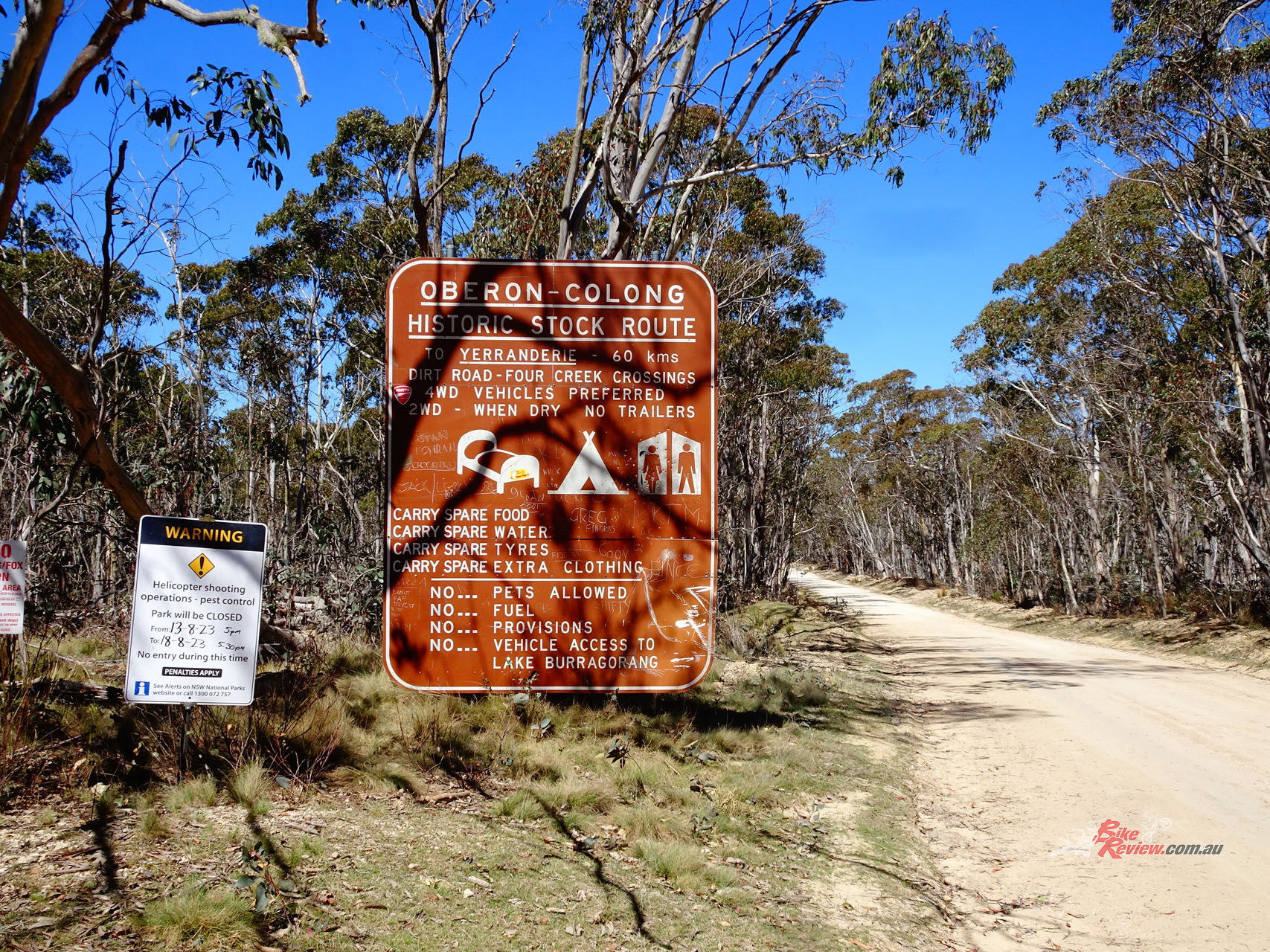
National Parks has a resident caretaker, but you’re not likely to need him. If you book somewhere to stay, you’ll get a code which will open the lock at the accommodation.
There are many walks around the town – watch out that you don’t fall into one of the mine shafts – and kangaroos are plentiful and fairly tame. It’s in fact a great spot to see interesting wildlife, since the township is set in a large sanctuary with mobs of grey kangaroos, wombats, wallabies, wallaroos and mountain birds in natural bushland. Have a walk around the nearby silver mining fields, mainly Silver Peak Mine, Colon Peak Mine, Wonga Mine and Wollondilly Mine. A bridge has been installed across the top of one of the large mineshafts on Silver Peak Mine, so you can look right down into the mine.
It’s in fact a great spot to see interesting wildlife, since the township is set in a large sanctuary with mobs of grey kangaroos, wombats, wallabies, wallaroos and mountain birds.
If you stay overnight at Private Town in either the restored accommodation or the campground, it’s a really restful experience and conducive to looking at the stars – lots of those – thinking some deep thoughts and singing some awful bush ballads. Well, that’s what we do.
One thing to keep in mind is that Yerranderie has mosquitos the way Kings Cross has shi-tzus. They’re about the same size, too. After a night unprotected by industrial-strength insect repellent, campers and people staying at the post office or one of the cottages have been known to be sucked so dry that their shrivelled husks have blown away on the errant morning breezes. Well, all right, I lied about that but take the repellent.
Editor’s Note: If you are reading this article on any website other than BikeReview.com.au, please report it to BikeReview via our contact page, as it has been stolen or re-published without authority.

